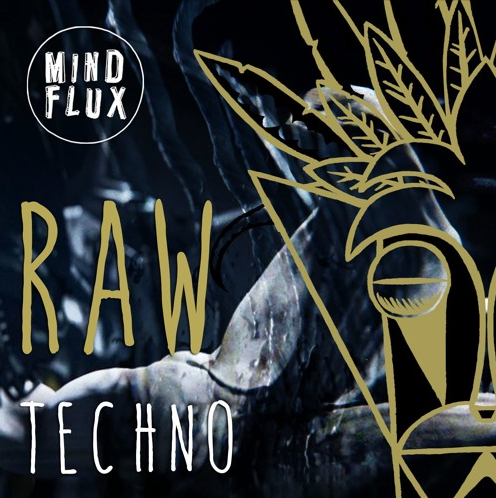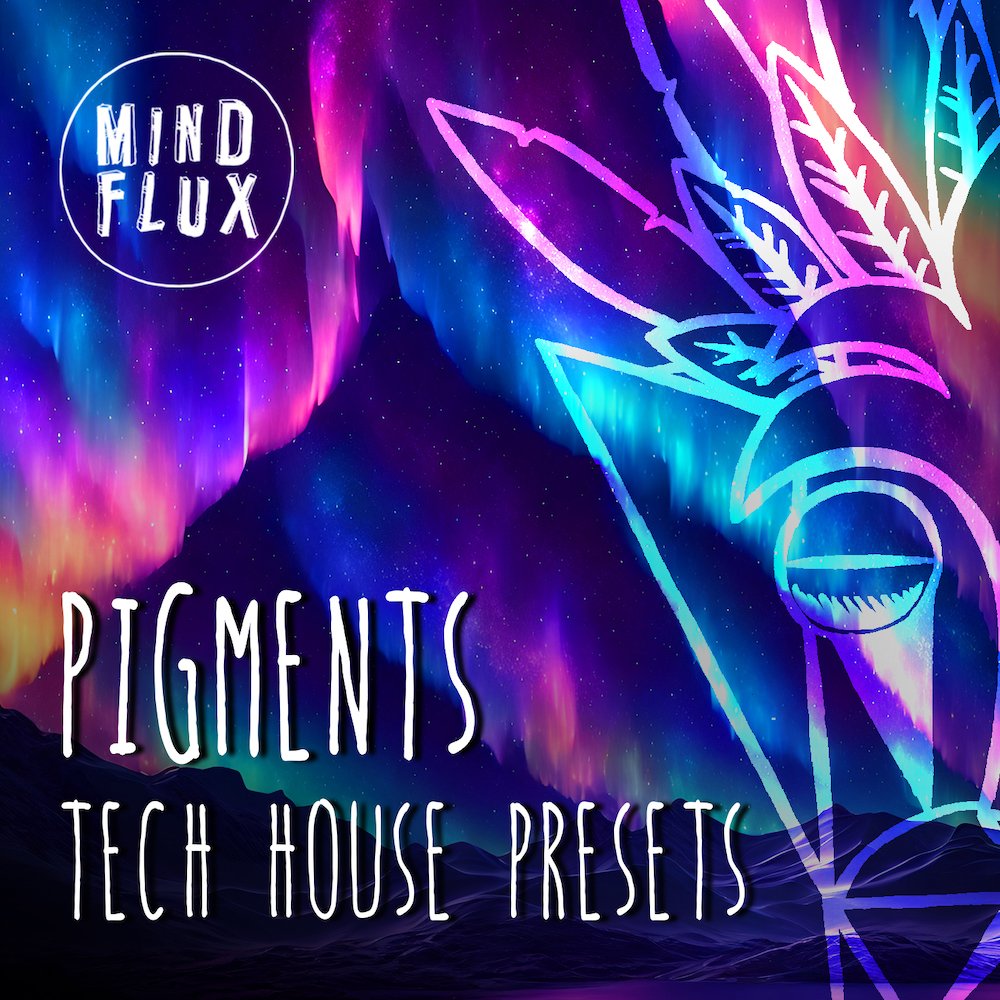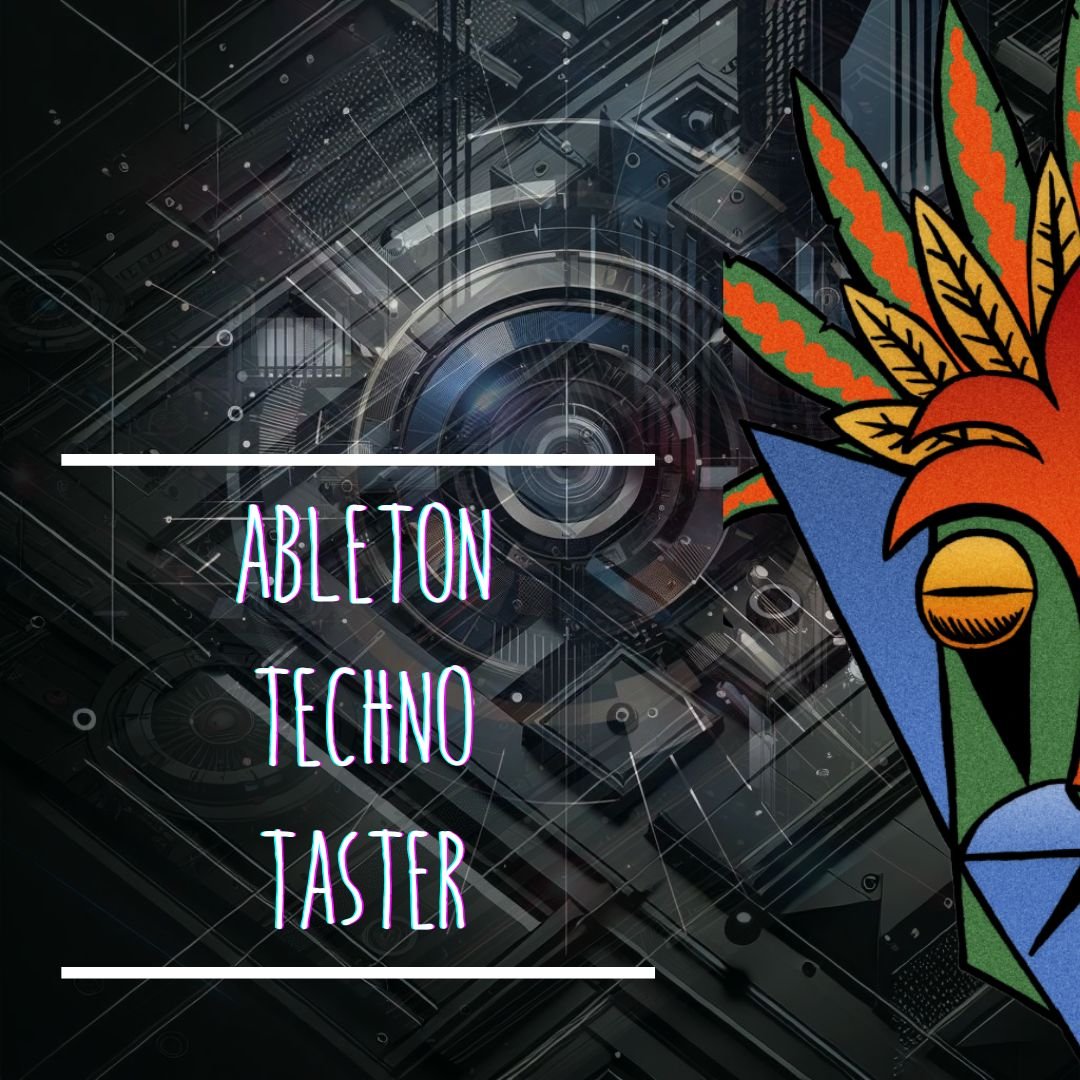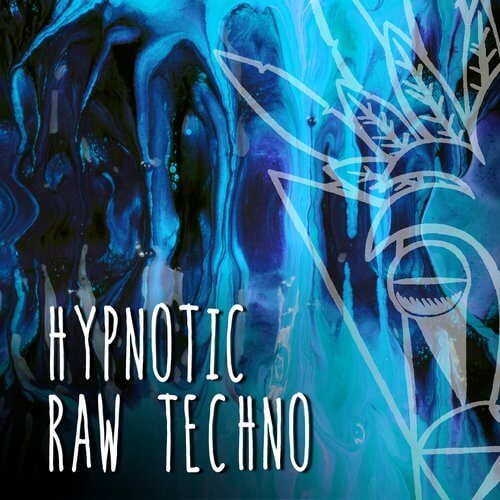Energizing Tech House Tracks with Stabs Using Xfer Serum
In the dynamic world of Tech House, stabs serve as essential elements that inject both rhythmic energy and captivating interest into tracks. Utilizing the formidable capabilities of Xfer Serum, this guide delves into the nuanced process of creating and seamlessly integrating powerful stabs. The goal is to ensure these elements not only punch through the mix but also hallmark the genre’s distinctive groove.
Integrating MIDI Programming for Dynamic Stabs
Crafting the MIDI Foundation with a Minor 7th Chord
Starting Fresh: Initiate the process with a blank MIDI clip within your DAW, laying the groundwork for creativity.
Building the Chord: Construct a minor 7th chord, celebrated for its rich, soulful resonance ideal for the Tech House soundscape. For example, a C minor 7th chord encompasses the notes C-E♭-G-B♭, establishing a deep emotional foundation.
Duplication and Alignment: Duplicate your crafted chord, shifting its position along the timeline to rhythmically align with your track’s beat. Strategic placement, such as on off-beats, can significantly enhance the track's inherent groove.
Experimenting with Pitch Variation
Note Movement: Inject dynamic interest by manipulating the individual notes of your duplicated chords. This technique introduces pitch variations that contribute complexity and movement, enriching the stabs’ appeal.
Rhythmic Placement: Meticulously consider how these variations interact with the track's rhythm. Aiming for a compelling call-and-response dynamic with foundational elements like the bassline and drums can transform the energy of your track.
Sound Design for Stabs in Serum
With Serum initialized, embark on crafting stabs characterized by both depth and texture. Here’s a detailed breakdown to guide you:
Setting Up Your Oscillators
Oscillator 1: Select
MB Sawfrom the wavetable menu for its harmonic richness essential to the stab’s body.Oscillator 2: Opt for
Monster 6from the Spectral menu to complement the MB Saw, introducing complexity and depth.
Layering for Texture
Noise Oscillator: Incorporate
Microkorg Noisefrom Serum’s noise oscillator options, adding a layer of gritty texture that enhances the stab's character.Sub Oscillator: Employ the sub oscillator, choosing a sine or square wave, to provide necessary depth without overwhelming the overall sound.
Sculpting the Sound with Filters
Filter Selection: Apply the
LP MG Low 24filter, shaping the combined oscillator outputs and focusing the energy on the frequencies where the stabs can truly punch through the mix.Filter Settings: Adjust to a cutoff of
209Hz, incorporate a drive of22for subtle saturation, and a fatness setting of32to enrich the sound with warmth.Envelope Modulation: Dynamically control the stab's brightness and attack by mapping envelope 2 to the filter cutoff. Fine-tune with an attack of
0ms, a decay of556ms, sustain at0%, and a release of156ms, ensuring the stabs embody the quintessential percussive quality.
Adjusting the Amp Envelope
Amp Envelope Tweaks: Slightly elongate the release time within the amp envelope to ensure the stabs blend seamlessly within the track, maintaining their percussive impact without abrupt endings.
Enhancing Stabs with Serum FX
To further refine the raw sound of your stabs, integrate Serum’s built-in effects. This strategic application adds nuanced dimensions and distinct character:
Distortion for Edge
Mode Selection: Utilize
Diodemode within Serum's distortion effect for its aggressive yet warm character, perfect for lending extra bite and presence.Application: Apply distortion with restraint to enhance the harmonic content while preserving clarity. Fine-tune the drive and mix settings, ensuring the stabs remain defined and punchy.
Phaser for Movement
Phaser Settings: A phaser can introduce a subtle sense of movement and depth. Set the rate low to prevent overpowering the sound, adjusting depth and feedback to achieve a complementary swirling effect.
Delay for Space
Creating Echoes: Employ delay, specifically a ping-pong setting, to broaden the spatial perception of the stabs. Align the feedback and delay timings with your track's tempo, enriching the groove with synchronized echoes.
Reverb for Atmosphere
Reverb Application: Conclude with reverb to situate your stabs within a suitable sonic space. Select a reverb type that aligns with your track’s atmosphere, tweaking size and decay settings to envelop the stabs aptly. Balance the mix to avoid washing out the stabs, aiming for depth and context.
Conclusion
Stabs, when meticulously crafted and integrated using Xfer Serum, can significantly uplift the energy and intrigue of Tech House tracks. This guide outlines a comprehensive journey from the initial MIDI programming to the intricate sound design and thoughtful effects application in Serum. By embracing this creative process, producers are equipped to forge stabs that not only enhance the groove but also resonate profoundly with listeners, ensuring their Tech House productions pulsate with dynamic, impactful energy.



































